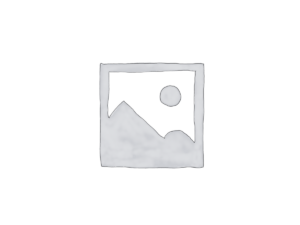Related products
Deep dive >
Quick Stats
- Dietry Requirements
- Compatible With
- Maximum Fish Size (cm)
- Minimum Tank Size (L)
- Same Species Aggression
- Other Species Aggression
- Care Requirements
The Blue Green Chromis is easy to care for, beautiful, and peaceful and is one of the preferred marine reef fish amongst aquarists, regardless of their experience level. This particular Chromis is most recognizable by its gorgeous light blue dorsal side that slowly fades into a majestic pale green belly. The Blue Green Chromis is desirable not only for its beauty, but also for its peaceful demeanor.
Wild specimens prefer to school in large shoals amongst branching corals like Acropora. In the home aquarium, the Blue Green Chromis does best in similar environments and will actively swim at all levels of the aquarium water column. In fact, a small school of Blue Green Chromis comprised of at least six individuals adds a dazzling and dramatic shimmer of beauty to almost any well established reef system.
For best care, feed several times throughout the day with a varied diet of meaty foods, herbivore flakes, and frozen preparations. Vitamin enriched foods may also help to preserve body colourations.

